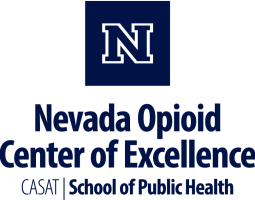Management of an Opioid Use Disorder During the Postpartum Period & Beyond: How to Safely Support the Dyad
This recorded session explores comprehensive, trauma-informed strategies to support mothers with opioid use disorder and their infants during the critical postpartum period. It emphasizes the importance of establishing care with a pediatrician, postpartum follow-up, and family planning, while also highlighting essential caregiver education on car seat safety, safe sleep practices, and overdose prevention strategies. Participants will learn how to help caregivers build a healthy support system and understand how wraparound services, peer support, and community-based interventions can reduce risk, improve outcomes, and foster long-term recovery for the dyad.
